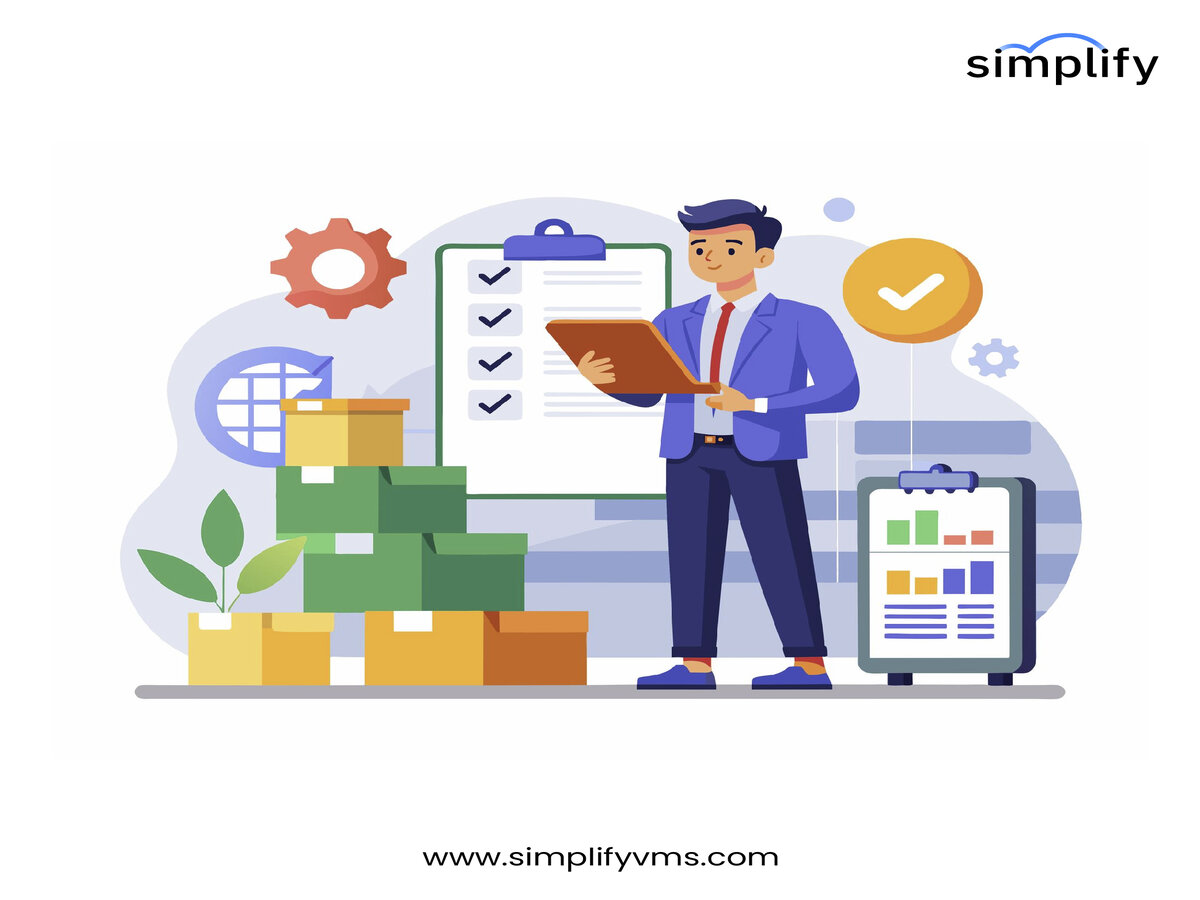
In today’s fast-paced digital landscape, organizations increasingly rely on third-party vendors to enhance their IT capabilities. Whether it’s software development, cloud services, or data management, IT vendor management has become a crucial element of business strategy. However, with these advantages come inherent risks, making vendor risk management a vital consideration for organizations.
Understanding IT Vendor Management
IT vendor management involves overseeing and optimizing a company’s relationships with its technology providers. This process encompasses the selection, engagement, and ongoing assessment of vendors to ensure that they meet the organization’s needs and standards. Effective vendor management can lead to improved service delivery, cost savings, and strategic advantages.
Key Components of IT Vendor Management
- Vendor Selection: Choosing the right vendor is foundational. This involves evaluating potential vendors based on criteria such as expertise, reliability, cost, and alignment with the organization’s goals.
- Contract Negotiation: Clear and comprehensive contracts are essential. They should outline deliverables, performance metrics, and termination clauses to protect both parties.
- Performance Monitoring: Regularly assessing vendor performance against agreed-upon metrics helps ensure that vendors meet their obligations and provides an opportunity to address any issues that arise.
- Relationship Management: Building strong, collaborative relationships with vendors can lead to better service delivery and innovation. Open communication channels and regular check-ins foster a more productive partnership.
The Importance of Vendor Risk Management
While IT vendor management focuses on the operational side of vendor relationships, vendor risk management addresses the potential risks that can arise from these partnerships. As organizations increasingly integrate third-party services, they expose themselves to various risks, including compliance, cybersecurity threats, and operational disruptions.
Types of Vendor Risks
- Compliance Risks: Vendors must comply with industry regulations and standards. Non-compliance can lead to legal repercussions for the organization, even if the vendor is at fault.
- Cybersecurity Risks: Third-party vendors can be a weak link in an organization’s cybersecurity chain. A breach at a vendor can compromise the security of the organization’s data and systems.
- Operational Risks: Vendor failures, whether due to financial instability or operational inefficiencies, can disrupt business processes and impact service delivery.
- Reputational Risks: Vendors represent your organization. If a vendor experiences negative publicity or engages in unethical practices, it can tarnish your organization’s reputation.
Implementing Effective Vendor Risk Management
To mitigate these risks, organizations must establish a robust vendor risk management framework. Here are some best practices to consider:
- Conduct Thorough Due Diligence
Before engaging with a vendor, conduct comprehensive due diligence. This includes assessing the vendor’s financial stability, reputation, compliance history, and cybersecurity measures. Tools like risk assessments and background checks can provide valuable insights.
- Develop a Vendor Risk Management Policy
Creating a formal vendor risk management policy helps standardize the assessment process. This policy should outline the criteria for vendor selection, risk categorization, and the frequency of reviews. It should also establish a clear process for addressing identified risks.
- Regularly Monitor Vendor Performance
Continuous monitoring of vendor performance is crucial for effective risk management. Establish key performance indicators (KPIs) that align with your business objectives, and schedule regular reviews to evaluate vendor compliance and performance.
- Implement a Risk Scoring System
A risk scoring system can help prioritize vendors based on their risk profile. By categorizing vendors into tiers—high, medium, and low risk—organizations can allocate resources effectively and focus on the most critical partnerships.
- Foster Open Communication
Maintaining open lines of communication with vendors is essential. Regular check-ins can help address issues before they escalate, allowing for proactive problem-solving and fostering a collaborative relationship.
- Establish an Incident Response Plan
Despite best efforts, risks can still materialize. Having an incident response plan in place ensures that organizations are prepared to handle vendor-related issues swiftly and efficiently. This plan should outline roles, responsibilities, and procedures for managing incidents.
The Role of Technology in Vendor Risk Management
Leveraging technology can significantly enhance vendor risk management efforts. Solutions such as vendor management systems (VMS) and risk management software can automate the due diligence process, streamline performance monitoring, and facilitate communication with vendors. Additionally, data analytics can provide insights into vendor performance and potential risks, enabling organizations to make informed decisions.
Conclusion
In an era where outsourcing and third-party partnerships are integral to business success, effective IT vendor management and vendor risk management cannot be overlooked. By adopting a proactive approach to managing vendor relationships and associated risks, organizations can protect themselves from potential pitfalls while reaping the benefits of collaboration.
Ultimately, a well-structured IT vendor management strategy that incorporates robust vendor risk management practices not only safeguards an organization’s interests but also enhances its ability to innovate and thrive in a competitive landscape. As the reliance on third-party vendors continues to grow, organizations that prioritize these aspects will be better positioned to navigate the complexities of the modern business environment.
All You Need to Know About Vendor Relationship Management
How to Streamline the Vendor Risk Assessment Process?







